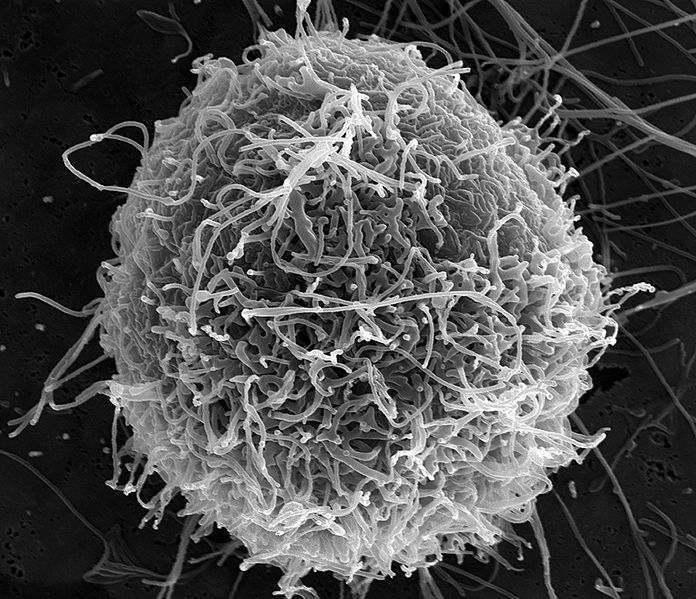Little-known research published in the Journal of Applied Microbiology back in 2010 is upsetting the official story regarding Ebola, which government officials claim cannot be spread through contaminated surfaces. Scientists from the Biomedical Sciences Department at the Defense Science and Technology Laboratory in the UK found that, contrary to mainstream claims, Ebola can survive for up to 50 days on dried surfaces, specifically on cold glass.
In order to better understand how filoviruses are transmitted, the team tested several strains of Ebola, including the ZEBOV (Zaire ebolavirus) species currently believed to be in circulation, to see how they survived under various conditions. Both the ZEBOV and MARV (Lake Victoria marburgvirus) strains were tested for survival rates in liquid suspensions and on plastic, glass and metal surfaces for multiple established time periods, as well as in dynamic aerosols (airborne).
According to the Daily Mail Online, both the ZEBOV and MARV strains were tested on glass, metal and plastic at 4 degrees Celsius (39 degrees Fahrenheit) or room temperature for several weeks. Plotted charts contained in the study show the survival rates of the viruses in the different media. While both viruses were found to survive for 26 days on the cold plastic, ZEBOV survived for nearly two months, or 50 days, on the chilled glass.
(Read the rest of the story here…)
